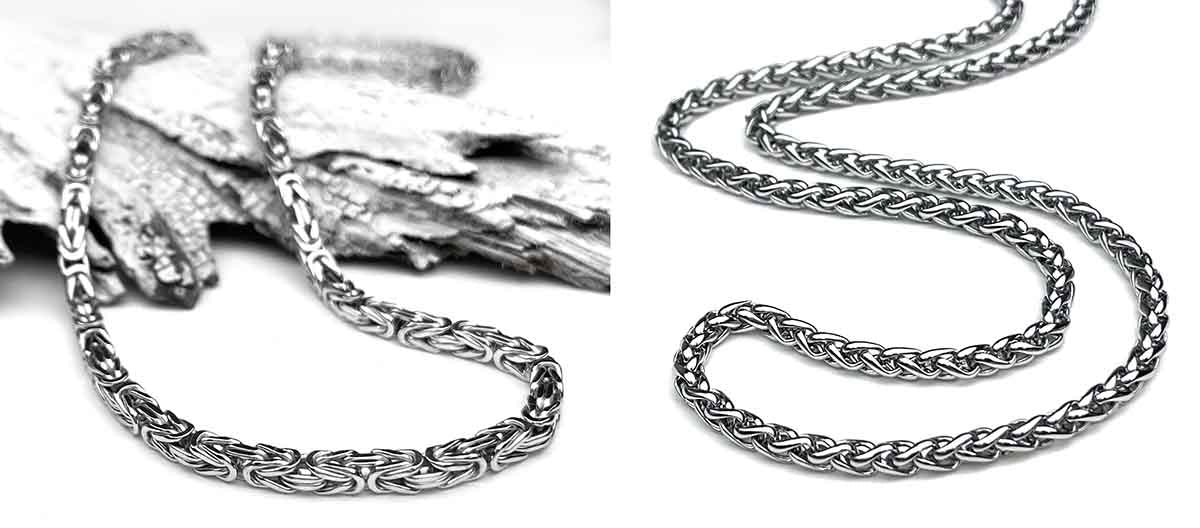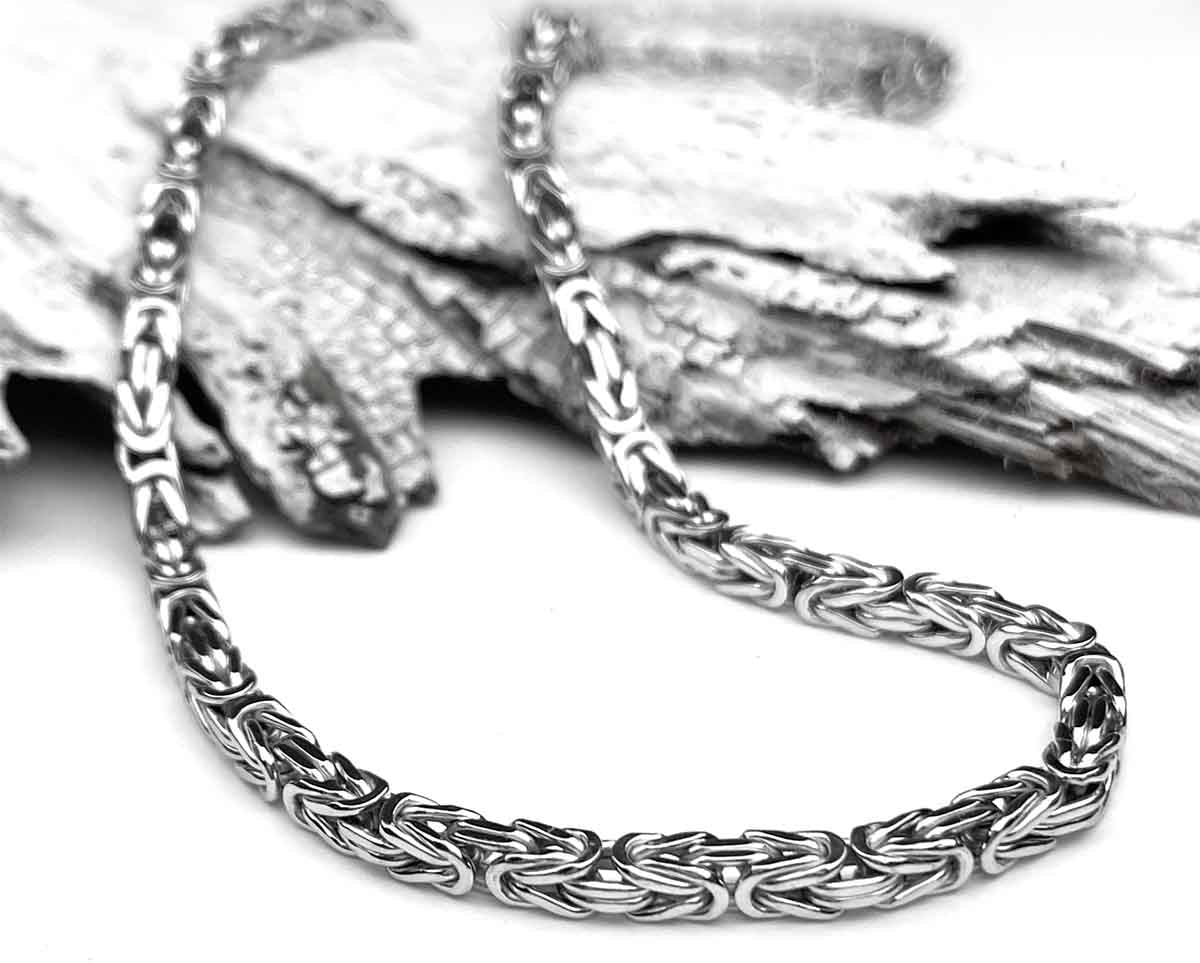Free U.S. Shipping - EVERY TREASURE CERTIFIED AUTHENTIC
Free U.S. Shipping - EVERY TREASURE CERTIFIED AUTHENTIC
503.436.1626 | Palm Coast, Florida | email: Treasure@CannonBeachTreasure.com | Blogs | Videos | Contact Us
Shop by Shipwreck
Shop Buried Treasure
Shop by Era
Every Treasure is Authentic and Comes Complete with a Full-Color, Multi-Page Certificate of Authenticity & Documenation Package
Ancient Bronze Celtic Ring Money Necklaces, Pendants, Earrings & Bracelets
Pirate Chic - Our Exclusive Collection of Pierced Spanish Pieces of Eight
Ancient Roman Glass Jewelry - The Tiny Treasures of the Once Mighty Empire
SAVE 20% on a chain or leather cord when you purchase any treasure. Use coupon code: CHAIN
History in Brief...
Historic Briefs
We add new blogs and videos weekly - join our email list below for quick notification!
QUESTIONS? WE'VE GOT ANSWERS!
OUR DOCUMENTATION PACKAGES ARE UNPARALLELED
Every treasure comes with a professionally researched and written Certificate of Authenticity & Documentation Package
ALL ABOUT CANNON BEACH TREASURE COMPANY
QUESTIONS? Give us a call at 503.436.1626 9am - 5pm Central Time or email us here: treasure@cannonbeachtreasure.com
Please Note: This is an authentic ancient Byzantine Treasure Coin, and you will receive the exact pendant in the photographs and description.
FOR PENDANT SIZE SEE COIN DETAILS BELOW
By the early 5th Century, the once dominant Roman Empire was a fragmented collection of on-again, off-again allied or warring regions. Divided roughly between the western and eastern halves of the empire, the glory of Rome was no longer. Out of the ashes of this once great society rose the empire that would dominate European culture, economics and warfare for close to a millennium: The Eastern Roman, or Christian Byzantine Empire.
It is from this mighty Christian empire, surrounded by non-christian kingdoms, that this regal bronze follis comes. Bearing a portrait of Jesus Christ with the book of the Gospels on the front, on the back is the bold Latin cross with a "X" at the center. "X" is the first letter of Christ in Greek.
Robert's Notes: Beautiful coin, with an amazing portrait of Christ. It's hard to believe this coin is over 1,000 years old. It only survived this long, and in such good condition, by being buried for hundreds of years, then painstakingly conserved in our conservation lab.
Note on the Greek Legend: IC is the first two letters of Jesus in Greek, and XC is the first two letters of Christ. These abbreviations are also usually seen on the front of the coin, appearing to the left and right of Christ.
The Byzantine Empire was firmly rooted in its Greek past. Byzantines were mainly Greek-speakers throughout Late Antiquity and the Middle Ages. Their capital city was Constantinople, which was also known historically as Byzantium. After the 5th century collapse of the Western Roman Empire, the Byzantine Empire continued to thrive and grow in influence, and while we refer to the “Byzantine Empire” or “Eastern Roman Empire,” they referred to their country as simply the “Roman Empire.”
Byzantine money – the money used in the Eastern Roman Empire after the fall of the West (circa 470 AD) – was made up of two very different types of coins: the gold solidus and a variety of bronze coins with clearly defined values. By the end of the empire, coins were issued in silver and bronze only.
Early Byzantine coins are familiar to those who are used to Roman Empire coins. On the obverse, or front, is the bust of the Emperor, with one significant change. Now, the Emperor is portrayed full face rather than in profile. On the reverse, or back, of Byzantine coins is usually a Christian symbol. Crosses and angels (based on the winged Roman goddess Victory) were often used.
By the rule of Emperor Justinian II (685–695), Byzantine coins were becoming more distinctly “Byzantine” in both art and symbolism. Justinian was the first to picture Jesus Christ on the obverse of his coinage, with a half, or full-length depiction of the Emperor on the reverse.
Throughout the centuries, Byzantine coins were a staple of trade throughout Europe and the Orient. These coins are found throughout Europe, the Middle East, the Orient and North Africa to this day. Each is a snapshot into the past, when a once-great empire ruled the Eastern world.
with your treasure coin purchase. Choose your chain and enter Coupon Code: CHAIN at checkout. (Does not apply to discounted clearance chains.)
with your treasure coin purchase. Choose your chain and enter Coupon Code: CHAIN at checkout. (Does not apply to discounted clearance chains.)
Questions? Confused? Looking for a gift? We're experts at matching treasure to people. Give us a call at 503.436.1626, join us on Live Chat, or drop us an email at treasure@cannonbeachtreasure.com.
Questions? Confused? Looking for a gift? We're experts at matching treasure to people. Give us a call at 503.436.1626, join us on Live Chat, or drop us an email at treasure@cannonbeachtreasure.com.
Speedy Shipping - Expedited & Overnight Available
Easy Returns
Family Owned & Run
Call Us - We're Here to Answer Questions! 503.436.1626



